Rotterdam is the largest port city in Europe and the third largest in the world. It was founded in 1270 and quickly became one of the largest medieval settlements.

It later took over the transit trade of Belgium, Germany, Switzerland and northeastern France, becoming an important logistical and economic center. Although in the Second World War it was destroyed due to air bombing (especially the city center), Rotterdam managed to become today one of the most visited cities with the most beautiful futuristic architecture: tall glass buildings, bridges atypical or shopping centers are just some of the objectives that make Rotterdam one of the most modern and interesting cities in Europe.
What to visit in Rotterdam?

The Markthal is a stunning architectural structure built in 2009 and houses a market, apartments and offices. The design is unique, with a semi-circular facade facing the surrounding courtyard and a colorful interior with fruits, plants, insects and flowers.

The market includes various shops, stalls and bars with traditional specialties including Dutch cheese and stroopwafels.

Erasmusbrug (Erasmus Bridge) – the symbol of the city also known as the “Swan” due to its elegant shape. This modern bridge is one of the main attractions of the city connecting the north and south of Rotterdam. It is 802 meters long, being the second longest bridge in the Netherlands.

Rotterdam Centraal (Central Station) was opened in 2013. On the roof of the station are 3,000 solar panels that power the lights, elevators and escalators inside.

The Laurenskerk (St. Lawrence’s Church) is all that remains of Rotteram’s medieval buildings following the destruction during World War II. The church dates back to the 15th century and was built in late Gothic style.

In front of the church is the statue of the most famous “son” of Rotterdam – Erasmus (Desiderius Erasmus Roterodamus) – one of the most important humanists of the Renaissance period, who dedicated a large part of his works to religious issues.

The Maritime Museum – a place where you can travel back in time to when Dutch sailors were exploring the Far East. Interactive exhibits and an open-air ship display are just some of the ways to learn a bit of Dutch history. The price of a ticket is €14/person and you have a 20% discount if you buy it online.

Almost every building in Rotterdam is a tourist attraction that impresses with its architecture. So are the cube houses (Kubuswoningen – houses built in the form of a cube tilted at 45 degrees) or the pencil building (a tall building that looks like a pencil pointing to the sky).

It’s hard to believe that these homes were built in the 70s and have become the city’s best-known tourist attractions today.

De Rotterdam is a skyscraper made of three connected towers and houses offices, apartments, conference rooms, restaurants and cafes.

The Witte Huis (White House) was the first skyscraper in Europe, built in 1898. The facade is decorated with statues and Art-Nouveau mosaics, being one of the most beautiful buildings in the city. Together with the Town Hall, it is one of the few buildings that was not destroyed during the war.

The Floating Forest is a few minutes’ walk from the Erasmus Bridge and consists of twenty trees placed in floating vessels. Jorge Bakker, who founded this “project”, wanted to highlight the fact that many trees are cut down as a consequence of new constructions and show the effect of humans on nature.

The Stadthuis (The Town Hall) is an amazing building, built between 1914 and 1920 in the Renaissance style, which miraculously escaped destruction during the bombings.

The best way to explore Rotteram’s harbors is on board a boat. The Spido is one of the river ships that cruise along the Maas River and all of Rotterdam’s ports and introduce passengers to the city’s maritime history as well as modern innovations such as the renowned architecture that makes Rotterdam stand out. The walk lasts 75 minutes and costs €14/person.

If you come to Rotterdam, you can also pay a visit to Kinderdijk – a complex of 19 windmills just 15 kilometers from the city center.

Rotterdam is a city that combines the old with the new, the modern with the traditional, but it is quite interesting and well worth a visit.

“It takes more than 100 years to rebuild a city that has been bombed… The people of Rotterdam have not looked back in history. “Don’t think about the past, look to the future,”they said.” – Wim Pijbes
(Rotterdam – June 2019)

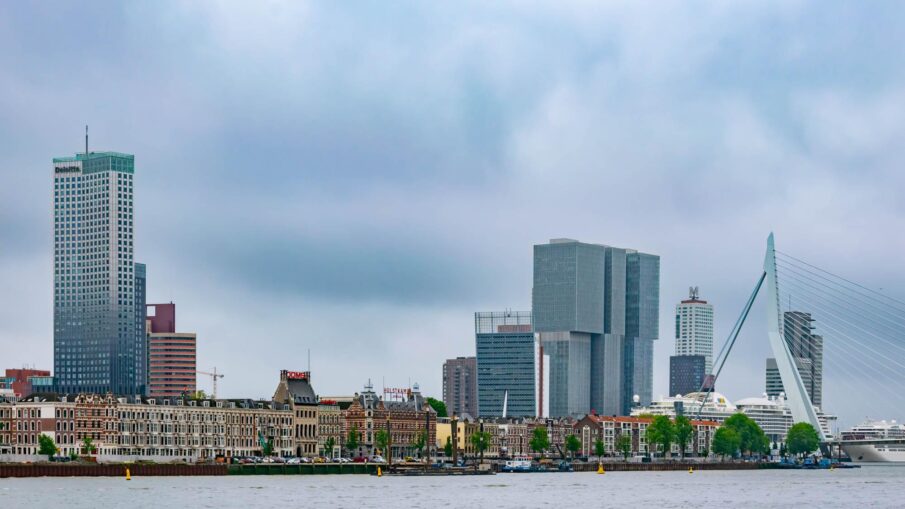
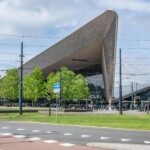
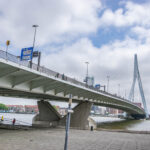
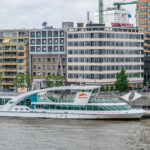
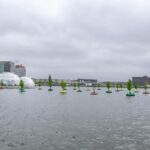
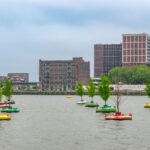
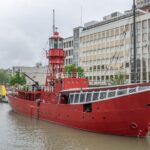
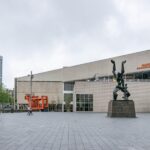
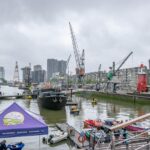
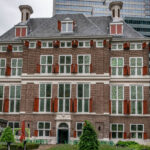
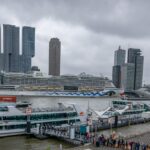
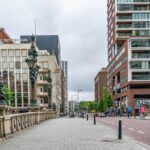
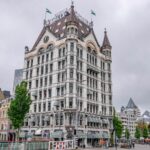
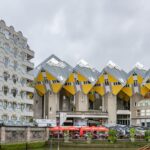
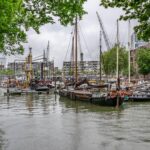
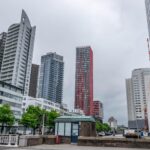
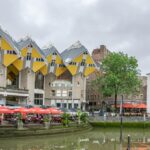
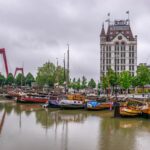
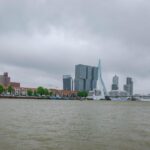
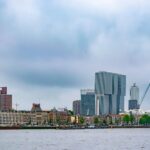
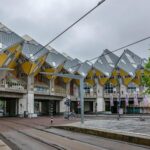
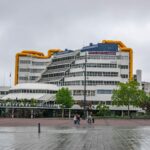
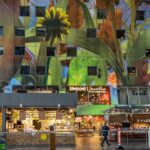
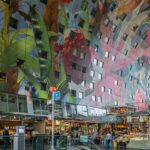
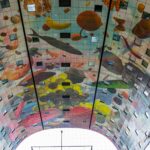
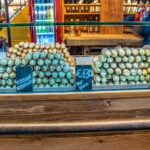
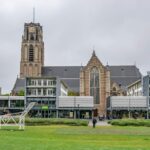
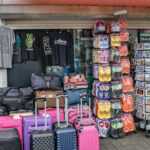
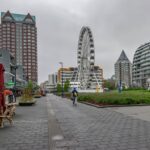
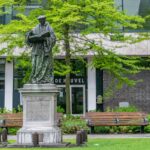
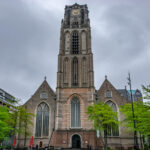
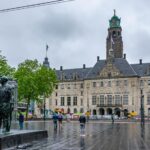
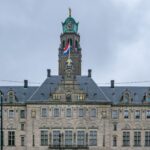
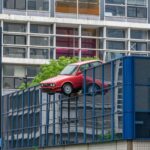

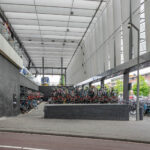
Leave a Reply